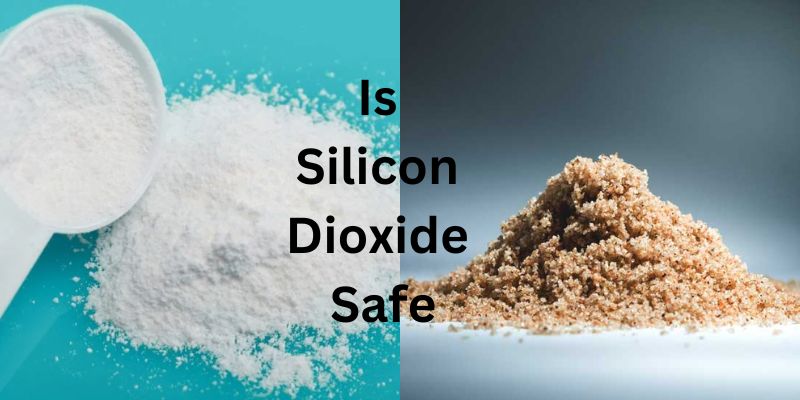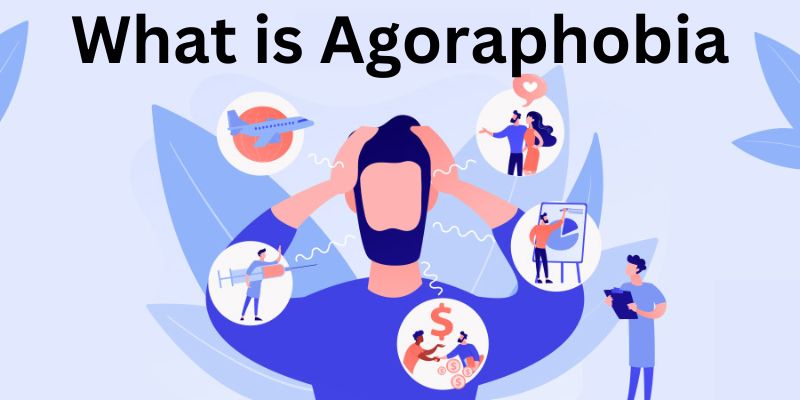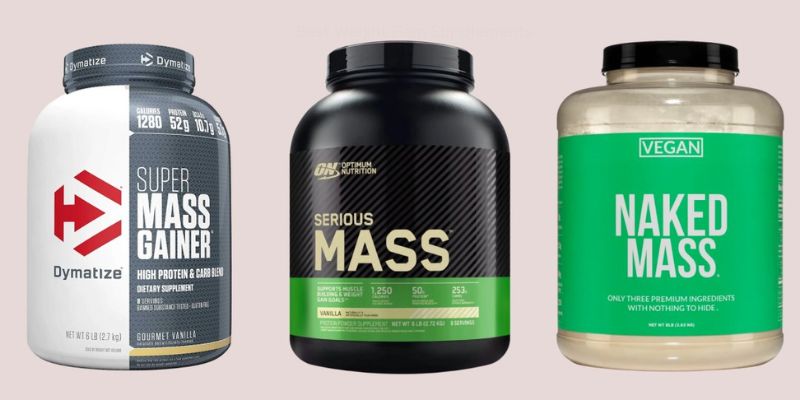Regarding food safety, one of the top items we should pay attention to on our ingredient labels is silicon dioxide. This generally safe-to-consume compound can be found in various edibles, from chocolate to bread and so much more.
Whether you are eating at home or in a restaurant, learning about what this substance does and if it's as safe as advertised will help you make better-informed decisions when selecting your food intake. Read on for an in-depth look into whether silicon dioxide is a harmless addition to your diet!
What is silicon dioxide?
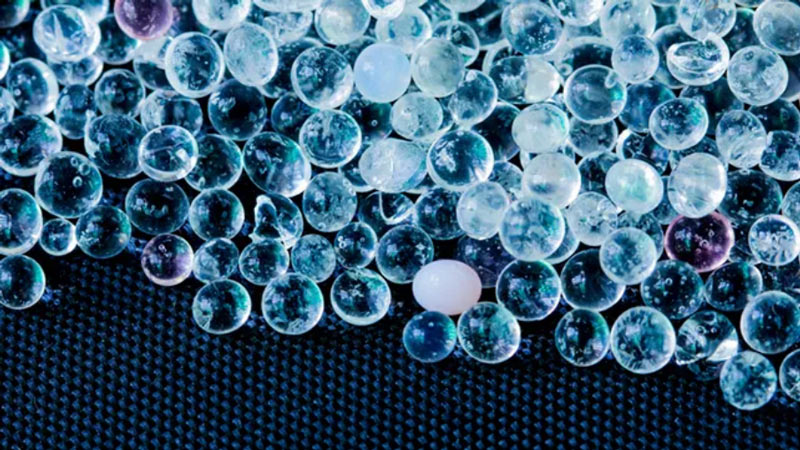
The naturally occurring substance silicon dioxide (SiO2), sometimes referred to as silica, is made up of two of the most plentiful elements on Earth: silicon (Si) and oxygen (O). Beach sand, quartz, rocks, plants, animal tissue, and many other things contain it. Since ancient times, silicon dioxide has been utilised in numerous goods, including glass, rubber, paper, and cosmetics.
Where is it found in nature?
Natural environmental occurrences of silicon dioxide (SiO2) include soil, sand, quartz, and rocks. Additionally, it is found in the bodies of animals, plants, and humans. Since ancient times, silicon dioxide has been used to create glass, bricks, and clay-based items.
A lot of plants that people eat regularly also contain silicon dioxide.
- dark, leafy greens
- some grains and cereals, such as oats and brown rice
- vegetables, such as beets and bell peppers
- alfalfa
Why is silicon dioxide used in food additives?
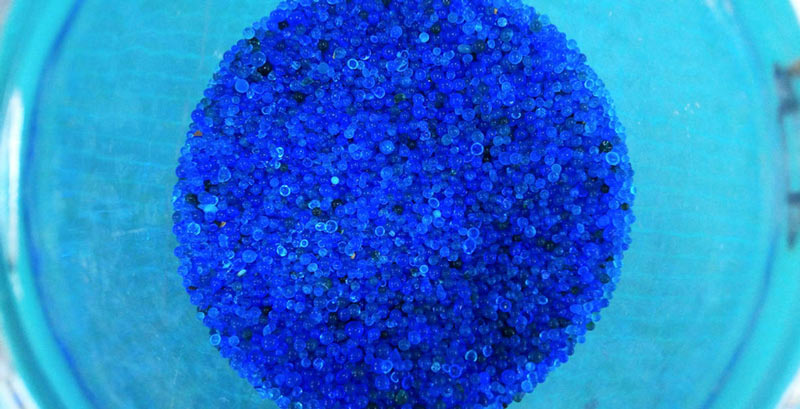
Silicon dioxide, or silica, is commonly used in food additives because it improves texture and flow properties. This material can be used to treat powdery substances, absorb moisture, reduce friction and caking, or as a bulking agent to increase the bulk of a product without adding additional calories. Silicon dioxide has also been used to improve food safety by preventing microbial growth and helping with spoilage prevention.
Safety of silicon dioxide
Silicon dioxide, or SiO2, is an abundant chemical compound in Earth's crust. It is a key ingredient in many products, such as paints, plastics, and food additives. The safety of silicon dioxide has been evaluated thoroughly by various regulatory agencies worldwide and has been deemed safe for use in foods and other products.
Many foods, including cereals, vegetables, dairy goods, and legumes, naturally contain silicon dioxide. It has been utilised as an addition for ages to improve the texture, consistency, and shelf life of food. According to studies, silicon dioxide is non-toxic, does not build up in the body, and simply travels through the digestive system without being absorbed.
In addition, numerous studies have tested silicon dioxide for safety, and the findings have indicated that it does not cause any health-related concerns. There is no evidence of adverse effects on human health from consuming silicon dioxide as an additive in food and other products.
Furthermore, the World Health Organization has established a safe intake level for silicon dioxide, and the amount used in food products is well below this limit.
Overall, there is strong evidence to support the safety of silicon dioxide and its use in foods and other products. If you have any concerns about the potential effects of consuming silicon dioxide, it is best to consult your healthcare provider.
Side effects and risks of silicon dioxide
Silicon dioxide is generally considered safe for human consumption but may sometimes pose certain risks and side effects. The European Food Safety Authority (EFSA) has set an acceptable daily intake level of silicon dioxide at 0.25mg/kg body weight, so there is a risk of overdosing if you exceed this limit.
Additionally, silicon dioxide can harm people with certain health conditions, such as those who suffer from hypercalcemia or kidney stones. People with these medical conditions should consult their healthcare provider before consuming foods that contain silicon dioxide.
In some cases, breathing in silicon dioxide may irritate the lungs and eyes, as well as coughing and sneezing. It is, therefore, important to take proper safety precautions when handling silicon dioxides, such as wearing a facemask and protective gear.
Finally, the International Agency for Research on Cancer (IARC) has classified silicon dioxide as "not classifiable" about its carcinogenic properties. This means insufficient scientific evidence exists to conclude whether silicon dioxide can cause cancer. Therefore, more research is needed before any definitive conclusions can be made about its safety.
Why is it in food and supplements?
Silicon dioxide is an abundant mineral found in nature. It has been used as an ingredient in many foods and supplements because it can help keep products from clumping together, and it's considered safe by the U.S. Food and Drug Administration (FDA).
It functions as an anti-caking agent, allowing powders to flow evenly and preventing them from sticking together. Some studies have also found that silicon dioxide can improve the texture of food and prevent it from spoiling as quickly.
What does the research say?
The safety of silicon dioxide has been widely studied, and the consensus is that it is a safe substance. The Food and Drug Administration (FDA) lists silicon dioxide as safe (GRAS) in food production.
This means it can be used as an additive in foods without risk to human health. Silicon dioxide is a naturally occurring compound in many foods, such as apples, oats, and almonds.
Studies have also examined its safety for inhalation and ingestion. It is not considered toxic or carcinogenic when used in products like supplements. Inhalation studies suggest it does not cause adverse health effects when inhaled in small quantities.
The research suggests that silicon dioxide is safe for humans to consume or inhale in normal amounts. While it does not provide health benefits, there is no evidence of harm when used in food products or supplements. Therefore, major regulatory agencies like the FDA consider it an acceptable additive.
Have safe limits been set?
The safety and toxicity of silicon dioxide have been extensively studied over the years. As a result, safe limits have been established for human consumption. The United States Food and Drug Administration (FDA) outlines the acceptable daily intake of silicon dioxide between 7 mg to 14 mg daily. The European Union's Scientific Committee on Food recommends an even lower intake of 6 mg daily.
Silicon dioxide is generally recognized as safe (GRAS) by the FDA. This means it is considered safe in food and beverage products at levels that do not risk human health. Silicon dioxide is a perfectly safe additive when consumed within the established guidelines. It can even have some beneficial properties.
FAQs
Is silicon dioxide safe for humans?
Silicon dioxide, also known as silica, is a naturally occurring compound in many rock, clay, and soil forms. It is also found in many foods, including fruits and vegetables. In its natural state, silicon dioxide is considered a safe material for humans. It is an essential nutrient for some organisms and is even a food additive in many products.
Is it safe to digest silicon dioxide?
Yes, silicon dioxide is safe to digest in many foods and beverages. It is a common food additive used as an anti-caking, thickening, and bulking agent. The FDA considers it generally recognized as safe (GRAS).
Although some studies have suggested that silicon dioxide may be harmful when inhaled in large quantities, there is no evidence that it is dangerous when ingested in normal amounts. Therefore, silicon dioxide can be safely consumed in moderate amounts.
Does silicon dioxide affect health?
The amount of silicon dioxide you would need to ingest for it to hurt your health is quite large. Studies have shown that consuming large amounts of silicon dioxide does not pose significant health risks.
However, it is best to consult your doctor or healthcare provider if you are concerned about the potential effects of ingesting silicon dioxide. They can give you more information about the safety of this compound and recommend any necessary dietary changes.
Conclusion
I hope this article has helped to answer the question, "Is Silicon Dioxide Safe?" We have seen that silicon dioxide is naturally occurring and used in many everyday products. Consuming it through food or natural sources is not a health concern for most people.
It can also be found in supplements, though it is important to take caution and always consult your doctor before starting any supplements. It is also important to check the safety of any synthetic sources of silicon dioxide, such as what is found in personal care products, before consuming.
